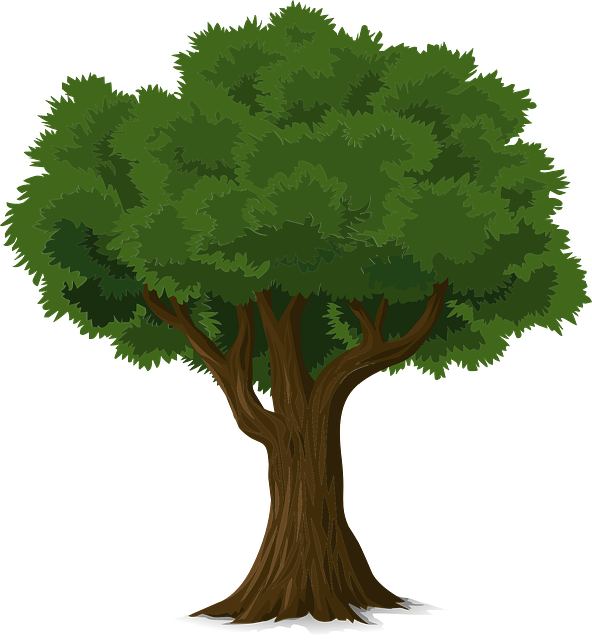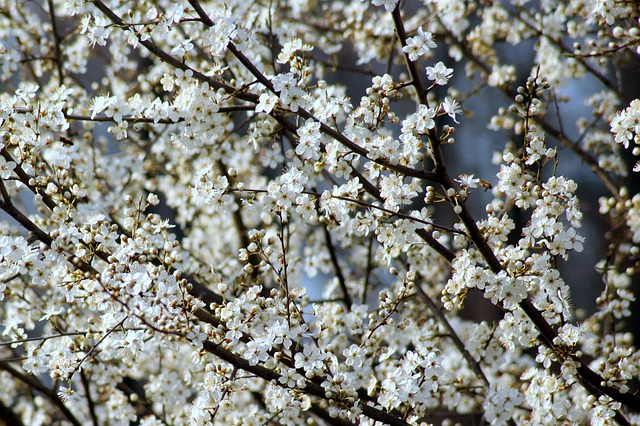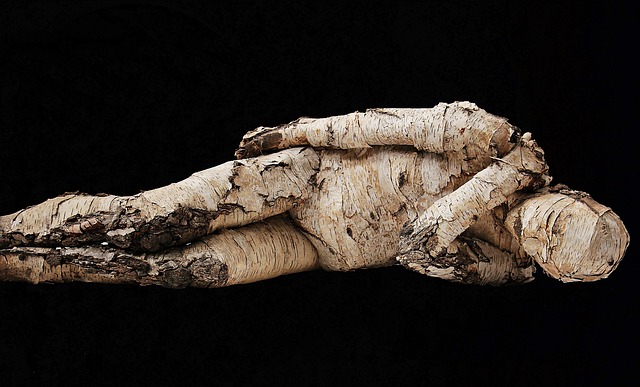Proactive tree care is essential in Plano, Texas, to maintain vibrant landscapes. Early identification of common diseases like fungal infections is key for management. Residents should watch for leaf discoloration and unusual growths. Timely treatment, often facilitated by professional Plano TX tree removal services, preserves tree health and mitigates safety risks. A meticulous assessment by arborists determines the best course of action, with chemical applications or, in severe cases, responsible tree removal. Choosing a reputable company with certified arborists ensures safe and effective removal, minimizing environmental impact. Regular maintenance, fostering beneficial insects, and planting native disease-resistant species can prevent diseases and reduce the need for Plano TX tree removal.
In Plano, Texas, understanding tree diseases is crucial for maintaining lush landscapes. This article guides homeowners through the process of identifying common tree issues and assessing whether a tree requires removal. We explore safe and effective tree removal techniques tailored to Plano’s unique environment, focusing on property safety and minimal disruption. Additionally, we offer alternative solutions and prevention strategies to ensure your trees remain healthy, emphasizing the importance of proactive care for these valuable urban assets, particularly in considering Plano TX tree removal.
- Understanding Tree Diseases in Plano TX: Common Issues and Identification
- Assessment and Diagnosis: Determine if a Tree Needs Removal
- Safe and Effective Tree Removal Techniques for Plano TX Properties
- Alternative Solutions: Care and Prevention Strategies for Healthy Trees
Understanding Tree Diseases in Plano TX: Common Issues and Identification

In Plano TX, understanding tree diseases is crucial for effective tree care and maintenance. Common issues include fungal infections, insect infestations, nutrient deficiencies, and structural damage caused by storms or poor planting practices. Identifying these problems early on is essential to prevent further deterioration and ensure the health and longevity of your trees.
Tree owners in Plano TX should be vigilant in spotting signs such as discolored leaves, abnormal growths, wilting, or unusual odors. Regular inspections allow for prompt action, often facilitated by professional tree removal services when the case warrants it. Timely treatment can save diseased trees and prevent their decline from becoming a safety hazard, especially for large and mature specimens.
Assessment and Diagnosis: Determine if a Tree Needs Removal

When considering Plano TX tree removal, a thorough assessment and diagnosis are crucial steps in determining the best course of action for diseased or damaged trees. The initial step involves closely examining the tree to identify any visible signs of distress, such as discolored leaves, abnormal growth patterns, or structural weaknesses. Certified arborists should be engaged to conduct a comprehensive evaluation, considering factors like the tree’s species, age, and overall health in relation to its current condition.
During this process, experts will diagnose the specific issues afflicting the tree, whether it’s pest infestation, disease, root rot, or structural damage from storms. In some cases, treatment options may include targeted applications of fungicides, insecticides, or other specialized chemicals to address identified problems. However, if the damage is severe or the tree poses a safety risk, Plano TX tree removal might be the most responsible and cost-effective solution.
Safe and Effective Tree Removal Techniques for Plano TX Properties

When dealing with diseased trees on your Plano TX property, safe and effective tree removal is crucial. The first step is to assess the tree’s condition and determine if it can be saved through pruning and treatment. However, if the tree is beyond rescue, professional tree removal services in Plano TX should be engaged. It’s essential to choose a reputable company with certified arborists who employ best practices to ensure safety and minimize environmental impact.
Proper techniques include using specialized equipment for safe tree felling, protecting nearby structures and utilities, and managing debris effectively. Additionally, proper disposal of the removed tree is critical, with options including chipping for mulch or responsible landfilling. Following these guidelines ensures a smooth process, maintaining both the aesthetics and safety of your Plano TX property.
Alternative Solutions: Care and Prevention Strategies for Healthy Trees

In many cases, diseased trees in Plano TX can be saved with proper care and prevention strategies. Before considering Plano TX Tree Removal, which can be costly and environmentally impactful, explore alternative solutions. Regular maintenance, such as proper watering, fertilization, and pruning, is crucial for promoting tree health and preventing the spread of diseases. For example, ensuring adequate water intake helps strengthen trees against fungal infections common in Texas’ hot, humid climate.
Additionally, fostering a balanced ecosystem around your trees can go a long way. This includes maintaining a diverse population of beneficial insects that naturally control pests and disease-causing organisms. Planting native species resistant to local diseases also reduces the need for chemical interventions. Remember, prevention is often more effective (and cost-efficient) than cure when it comes to tree health management.
In addressing tree diseases in Plano, TX, understanding common issues and proper identification are key. Knowing when a tree requires removal through assessment and diagnosis is crucial for safety and property protection. Adopting effective yet safe tree removal techniques tailored to Plano environments ensures optimal results. Moreover, implementing preventive care strategies can promote the health and longevity of trees on your property. For residents in Plano TX looking into tree removal services, prioritizing these insights will lead to informed decisions, fostering a healthier urban landscape.






